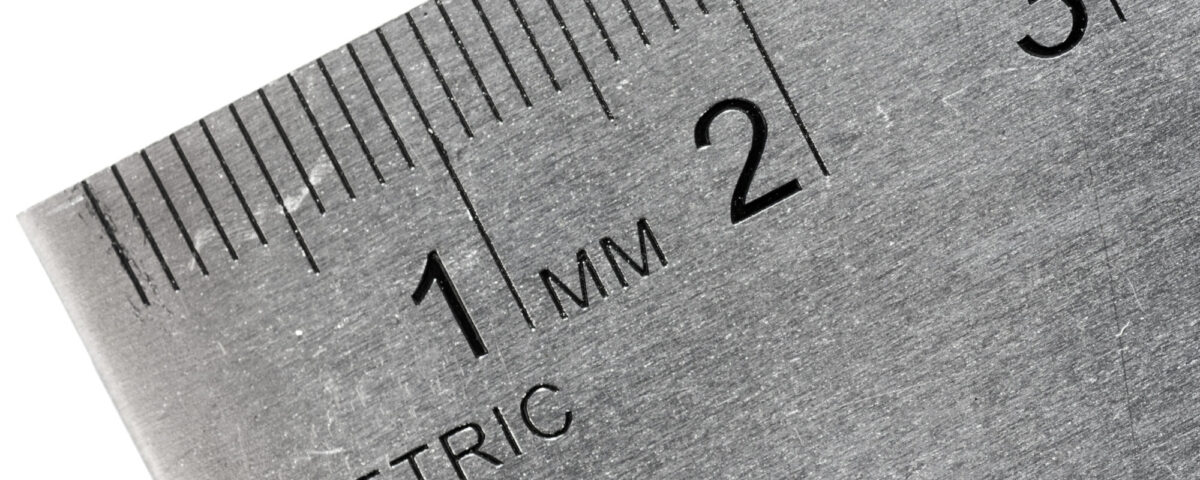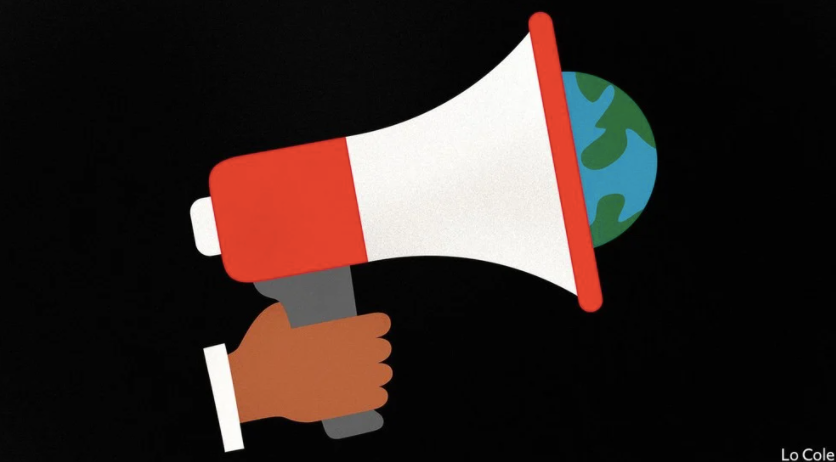
Weekly Roundup: From Slow Shopping to Fast Shipping
December 27, 2014
The Cost of Curing Different Diseases
December 29, 2014This very funny two minute WestJet video on metric time displays why it is tough to make the switch.
Where are we going? To the need for universal weights and measures.
Trying to Switch
In 1980, Interstate 19’s 63 miles became 101 kilometers. Now, Interstate 19 is the only U.S. road that remains with metric markers. And soon there will be none because Interstate 19 is returning to the mile.

A sign along Arizona’s Interstate 19 from The Washington Times.
The metric initiative began when Congress, Gerald Ford and Jimmy Carter believed we needed to make the switch. Following the federal mandate, states started to implement the metric system. Progress evaporated in 1998, though, when Congress eliminated a deadline.
One official perfectly summed up why the whole effort flopped. Referring to the cost and confusion of changing 400 signs on Interstate 19, he said, “That’s just for a single 63-mile stretch of highway—imagine that times 1,000 for the entire interstate highway system, times a bajillion for everything in the entire country. No wonder attempts to upend the unit status quo in the U.S. have failed.”
Mars Mission Metric Mess-Up
On the other hand, not switching has a cost.
In 1999, a weather satellite approaching Mars vanished. The reason turned out to be a metric mix-up. One piece of software had calculated the vehicle’s thrusters in pounds. It then passed off the information to a second piece of software that assumed the data was in newtons, a metric unit. As a result, the Mars Climate Orbiter was torn apart because the wrong data told it to fly too close to the Martian surface.
Similarly, looking back, we can see why we need standard weights and measures for trade. In 18th century France, there were 250,000 different units and some even had the same name. Assorted fabrics, grain, wood all had their own metric. Traveling from one village to another, you could have seen a 20% difference in the size of a pint.
Leaping from an 18th century fragmented Europe to the eurozone, you can see why they sought to optimize trade through a shared currency, weights, measures and regulations.
Our Bottom Line: Globalization
If globally, we all used the same weights and measures, we could diminish the transaction costs, confusion, mistakes and perhaps boost U.S. exports. On the other hand, the burden of switching is mind-boggling.
![econlifelogotrademarkedwebsitelogo[1]](/wp-content/uploads/2024/05/econlifelogotrademarkedwebsitelogo1.png#100878)




